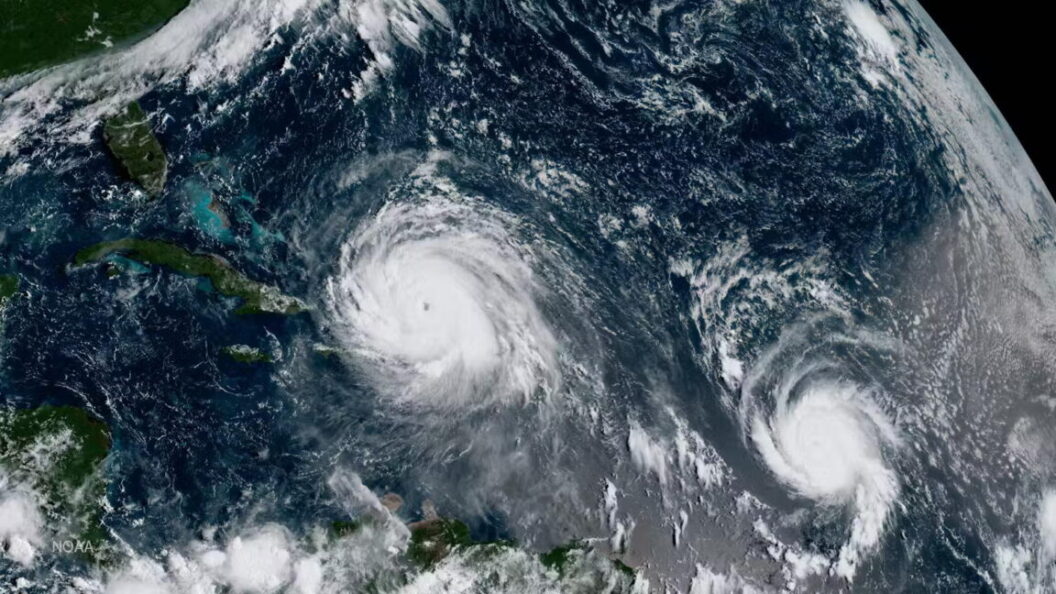Advances in Hurricane Forecasting Amid Budget Cuts
Weather Satellites and Enhanced Accuracy
Recent advancements in hurricane forecasting have been significantly driven by the capabilities of weather satellites. These satellites continuously monitor tropical storms, providing essential data on their tracks and intensity. This technological evolution is largely attributed to federally funded research, developing cutting-edge equipment and software that enhance meteorological accuracy. Notable contributions come from Cooperative Institutes in Wisconsin and Colorado, which have designed tools that enable meteorologists to better assess the state of tropical cyclones and predict their future intensity, especially when traditional aircraft reconnaissance is unavailable.
The Challenge of Rapid Intensification
A critical aspect of hurricane forecasting is the ability to predict rapid intensification—when a storm’s wind speed increases by at least 35 mph (56 km/h) within 24 hours. This phenomenon was vividly exemplified in 2018 when Hurricane Michael unexpectedly intensified, causing severe damage in the Florida Panhandle, including at Tyndall Air Force Base. The storm’s rapid escalation highlighted gaps in forecasting capabilities that can have devastating economic and human impacts.
Concerns over Federal Budget Proposals
In a concerning development, recent federal budget proposals indicate significant cuts to funding for agencies involved in hurricane research and forecasting. Specifically, proposed budget drafts show no financial support for Cooperative Institutes, nor for the acquisition of new aircraft used by Hurricane Hunters. This comes in the wake of a 2022 NOAA plan aimed at bolstering aerial reconnaissance capabilities. Additionally, budget cuts jeopardize essential technology developments, including lightning mappers, which play a crucial role in forecasting hurricane intensity and ensuring aviation safety.
The Impact of Intensifying Storms
Tropical storms and hurricanes have increasingly severe consequences, as evidenced by recent events involving Hurricanes Helene and Milton, both of which caused extensive damage and loss of life. As the frequency and intensity of storms grow, so does the vulnerability of coastal populations and properties. An open letter from five former directors of the National Weather Service cautioned that slashing funding for NOAA’s forecasting and warning initiatives could leave communities more at risk during severe weather events.
Conclusion: The Significance of Continued Research Funding
The imperative for robust funding and support for hurricane forecasting research has never been more critical. As coastal populations expand and climate change continues to influence storm behavior, the importance of accurate forecasting becomes crucial to saving lives and property. With impending budget cuts threatening these advancements, the future of hurricane preparedness hangs in the balance, emphasizing a pressing need for sustained investment in meteorological technology and research.









